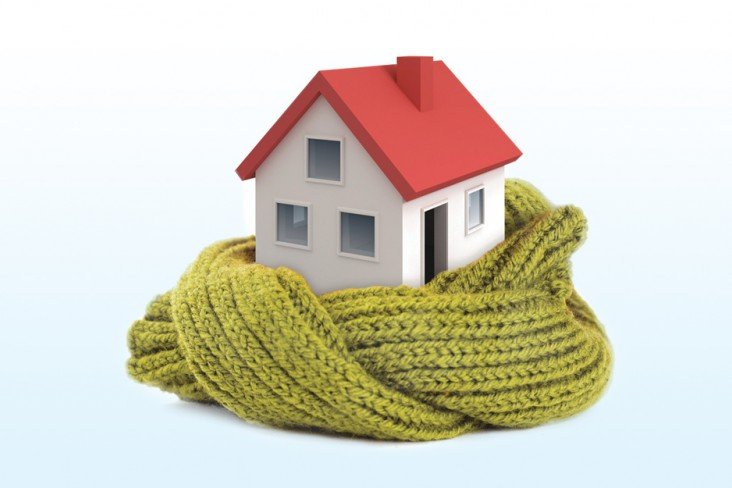Published on September 29th, 2023
How can I improve my home's health?
Improving your home’s health can take a number of forms. You could make DIY changes of your own or get contractors in to look at a specific element of your home.

Improving your home’s health can take a number of forms. You could make DIY changes of your own or get contractors in to look at a specific element of your home.
At Furbnow we believe you should take a whole-house approach if you can. This has the highest impact in improving your home’s health as it takes into account all the interacting parts of the home, from the fabric of the property to the generation and ventilation to ensure they work together to create the ultimate level of energy efficiency. It also means you only have to have the builders in just the once.
Here are the key areas to focus on to get your home’s health to wear it should be:
- Insulation
Upgrading the insulation in the walls, attic and floors is one of the most effective ways to reduce energy consumption. Insulation can help keep the home warm in winter and cool in summer, reducing the amount of energy needed to heat or cool the home.
2. Air sealing
Air sealing is the process of sealing gaps and cracks in the building’s structure (Be it windows, around doors or cracks in the wall). By doing so homeowners can reduce energy loss and improve indoor air quality. This can have knock-on effects too for your own health, with less draughts and breezes you can avoid aches and pains or coughs and colds.
3. Improved heating systems
Not many people have checked their boiler themselves in the last year, but often an inefficient boiler is the route cause of higher bills and inefficient energy consumption. A tip from us is to see if you can lower the air flow, often boilers can heat a home on a lower air flow than is set by the installer. Although generally it’s worth getting these checked by a professional or upgraded to a newer model. The government’s boiler upgrade scheme (BUS) helps lower the initial cost of these installations.
4. Window upgrades
Upgrading to double or triple glazed windows can significantly reduce heat loss in winter and heat gain in summer, not only avoiding discomfort for yourself but also contributing to lowering your energy bills.
5. Renewable generation
Solar panels (or if you have the space turbines) can harness the natural energy from the sun, rain or wind providing you with your own source of low cost energy. The only cost you pay is the upfront cost of installing the generation in the first place. After this the energy you generate should contribute to lowering your bills as you produce your own. It’s also a clean source of energy meaning no emission from what you generate.
Written by

Oisin Teevan